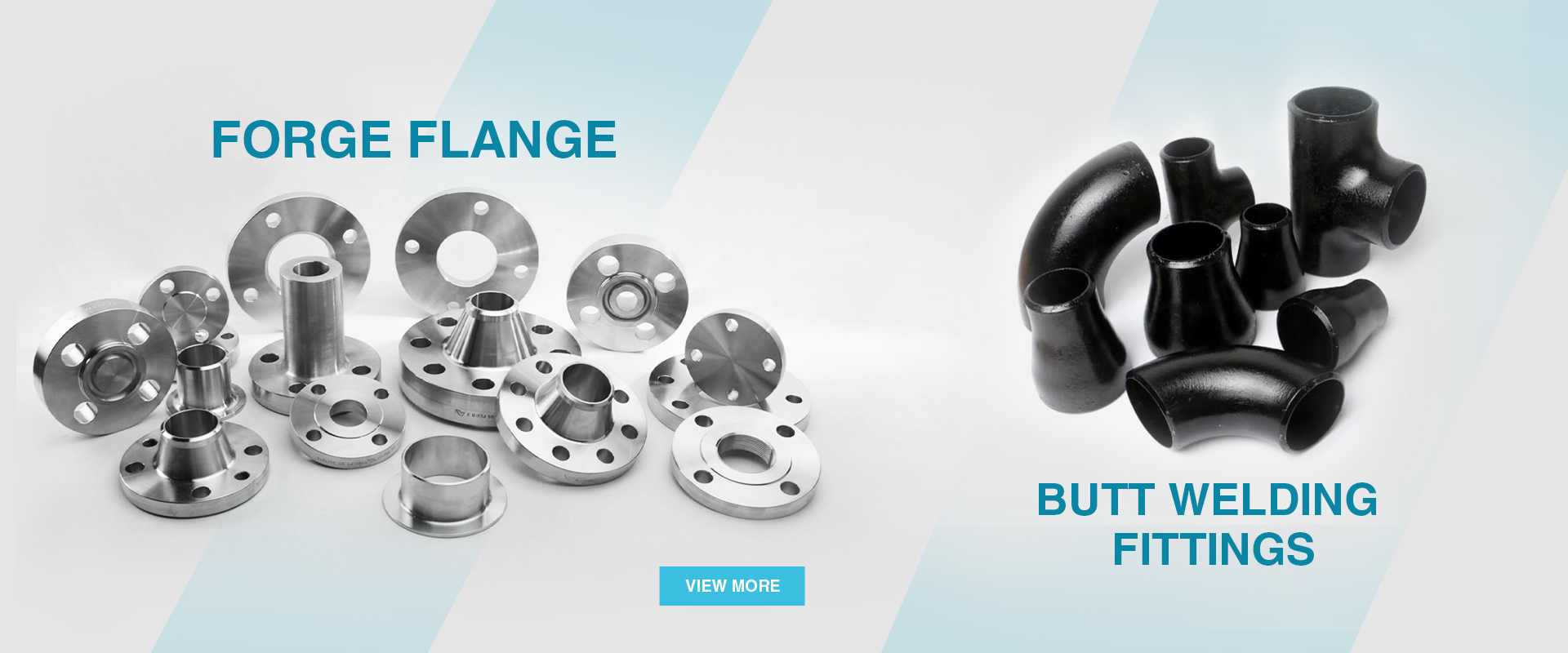-
Cangzhou Yulong Steel Co., Ltd.
-
Phone:
+86 13303177267 -
Email:
admin@ylsteelfittings.com
- English
- Arabic
- Italian
- Spanish
- Portuguese
- German
- kazakh
- Persian
- Greek
- French
- Russian
- Polish
- Thai
- Indonesian
- Vietnamese
- Zulu
- Korean
- Uzbek
- Hindi
- Serbian
- Malay
- Ukrainian
- Gujarati
- Haitian Creole
- hausa
- hawaiian
- Hebrew
- Miao
- Hungarian
- Icelandic
- igbo
- irish
- Japanese
- Javanese
- Kannada
- Khmer
- Rwandese
- Afrikaans
- Albanian
- Amharic
- Armenian
- Azerbaijani
- Basque
- Belarusian
- Bengali
- Bosnian
- Bulgarian
- Catalan
- Cebuano
- China
- China (Taiwan)
- Corsican
- Croatian
- Czech
- Danish
- Esperanto
- Estonian
- Finnish
- Frisian
- Galician
- Georgian
- Kurdish
- Kyrgyz
- Lao
- Latin
- Latvian
- Lithuanian
- Luxembourgish
- Macedonian
- Malgashi
- Malayalam
- Maltese
- Maori
- Marathi
- Mongolian
- Myanmar
- Nepali
- Norwegian
- Norwegian
- Occitan
- Pashto
- Dutch
- Punjabi
- Romanian
- Samoan
- Scottish Gaelic
- Sesotho
- Shona
- Sindhi
- Sinhala
- Slovak
- Slovenian
- Somali
- Sundanese
- Swahili
- Swedish
- Tagalog
- Tajik
- Tamil
- Tatar
- Telugu
- Turkish
- Turkmen
- Urdu
- Uighur
- Welsh
- Bantu
- Yiddish
- Yoruba

Oct . 11, 2024 23:23 Back to list
threaded blind flange
Understanding Threaded Blind Flanges
Threaded blind flanges play a crucial role in the piping and plumbing industries, specifically in contexts where high integrity sealability is required. These specialized flanges are designed to close the end of a piping system, serving an essential function in maintaining the integrity and safety of various types of mechanical systems.
A blind flange is a type of flange that is used to seal the end of a pipeline. Unlike standard flanges that are used to connect sections of piping, a blind flange has no bore, effectively blocking the flow of materials. This is critical in applications where sections of piping may need to be closed off for maintenance, inspection, or when a system is not in use.
The unique aspect of threaded blind flanges lies in their method of attachment. These flanges are designed with internal threads that allow them to be screwed into a corresponding threaded pipe end. This feature provides a secure and rigid fastening option that can be beneficial in various situations, especially in environments where welding may be impractical or forbidden.
One of the primary advantages of using threaded blind flanges is their ease of installation and removal. The threaded design allows for quick assembly and disassembly, making them ideal for temporary setups or in systems that require frequent maintenance. For instance, in chemical processing plants or oil refineries, where equipment might need to be taken offline regularly for cleaning or repairs, threaded blind flanges provide a level of convenience that welded flanges cannot match.
threaded blind flange

Moreover, the versatility of threaded blind flanges can be seen across industries
. They are commonly used in oil and gas exploration, water treatment facilities, HVAC systems, and many other applications. Different materials, such as stainless steel, carbon steel, and various alloys, can be used to manufacture these flanges, enabling them to withstand unique pressures, temperatures, and corrosive environments.However, while threaded blind flanges offer many benefits, it is important to note their limitations. For example, they are typically not intended for high-pressure applications due to the potential for leaks at the threaded connection. Therefore, it is vital to consider the specific requirements of the system in question before selecting a threaded blind flange as a solution.
Installation best practices also play a significant role in the effective use of threaded blind flanges. Proper torque specifications must be followed to avoid issues such as stripping of threads or uneven sealing. Additionally, using appropriate sealing compounds or thread sealants can help mitigate the risk of leaks, ensuring that the blind flange performs as intended over time.
In conclusion, threaded blind flanges are essential components in various industrial applications, providing a secure method for closing off pipelines while allowing for ease of maintenance. Their ability to be installed and removed quickly makes them ideal for settings where flexibility is a priority. However, the selection and installation of these flanges must be approached with caution to ensure that they meet the specific demands of the application, maintaining system integrity and safety over the long term. As industries continue to evolve, the role of threaded blind flanges will remain significant, adapting to new technologies and processes as they arise.
Latest news
-
ANSI 150P SS304 SO FLANGE
NewsFeb.14,2025
-
ASTM A333GR6 STEEL PIPE
NewsJan.20,2025
-
ANSI B16.5 WELDING NECK FLANGE
NewsJan.15,2026
-
ANSI B16.5 SLIP-ON FLANGE
NewsApr.19,2024
-
SABS 1123 FLANGE
NewsJan.15,2025
-
DIN86044 PLATE FLANGE
NewsApr.19,2024
-
DIN2527 BLIND FLANGE
NewsApr.12,2024
-
JIS B2311 Butt-Welding Fittings LR/SR 45°/90° /180°Seamless/Weld
NewsApr.23,2024











